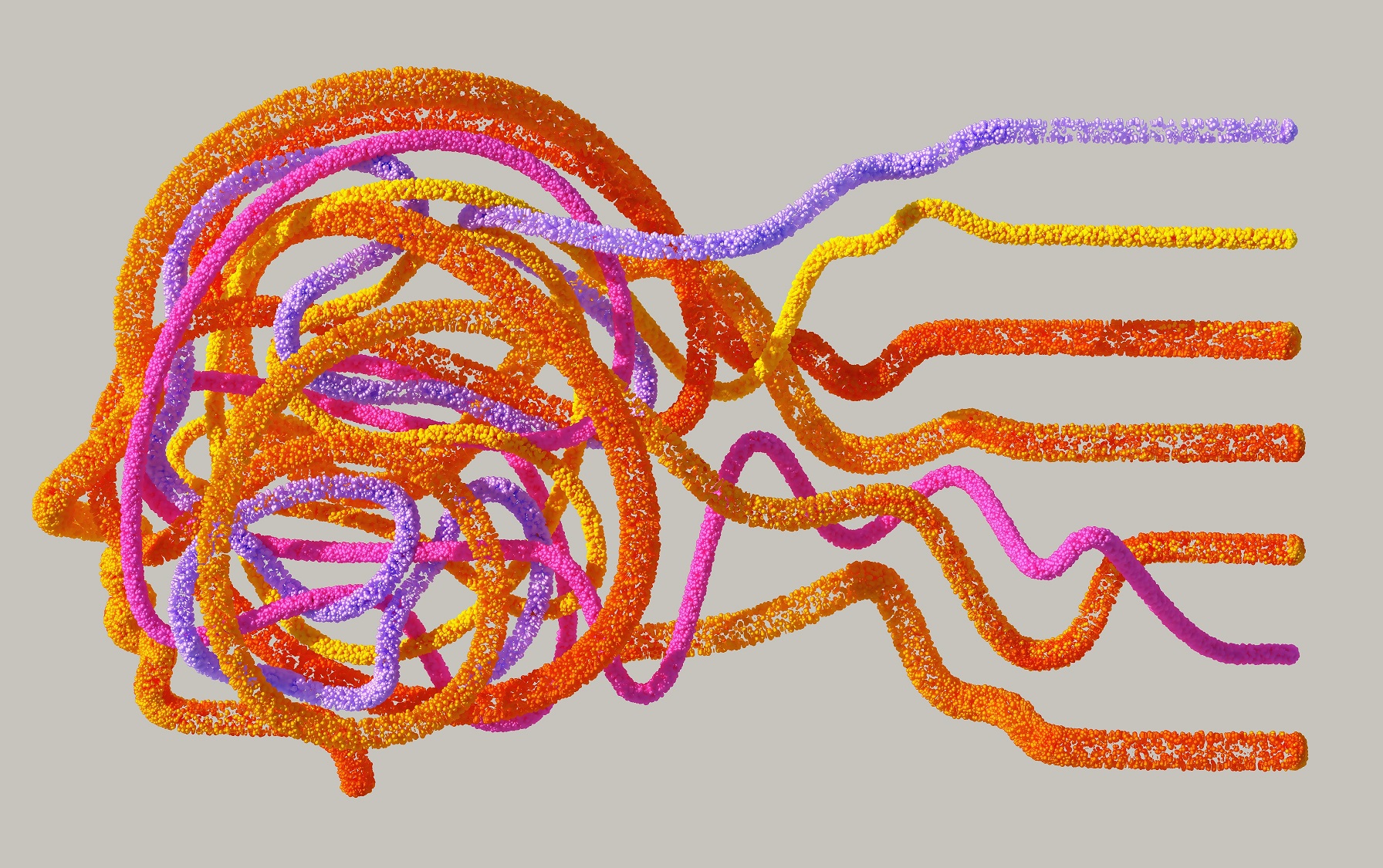In an ever-evolving world driven by innovation and creativity, design thinking has emerged as a powerful problem-solving framework. It offers a unique perspective on addressing complex challenges, fostering creativity, and enhancing user-centric solutions. In this blog, we will explore the world of design thinking, its relevance, and how beginners can approach it. We’ll also delve into advanced topics for those seeking to master this methodology, and finally, we’ll discuss real-world examples of industry problems that have been successfully tackled using design thinking.
What is Design Thinking?
Design thinking is a human-centered, iterative problem-solving approach that emphasizes empathy, collaboration, and experimentation. At its core, it involves understanding and empathizing with the end users, defining problems, ideating potential solutions, prototyping, and testing. Developed in the early 2000s by design consultancy IDEO and Stanford University, it has since been adopted across various fields, from product design to business strategy and healthcare.
The design thinking process typically consists of the following stages:

- Empathize: Understand the users’ needs and perspectives.
- Define: Clearly articulate the problem or challenge.
- Ideate: Generate a wide range of potential solutions.
- Prototype: Create a tangible representation of the solution.
- Test: Gather feedback and refine the solution iteratively.
Why is Design Thinking Useful?
Design thinking offers several key advantages:
a. User-Centric: It prioritizes the end-users’ needs, ensuring that solutions are aligned with what people truly want.
b. Creativity: It encourages out-of-the-box thinking, fostering innovation and creative problem-solving.
c. Collaboration: Design thinking thrives on interdisciplinary collaboration, bringing together individuals with diverse skills and backgrounds.
d. Iteration: The iterative nature of the process allows for continuous improvement, reducing the risk of failed projects.
e. Empathy: Empathizing with users and stakeholders helps in understanding their pain points and preferences, leading to better outcomes.
How Should a Beginner Approach to Learn Design Thinking?
If you’re new to design thinking, approaching it systematically is key:
a. Start with Empathy: Understand your target audience’s needs, desires, and challenges. This might involve interviews, surveys, or observation.
b. Define the Problem: Clearly define the issue you aim to solve. Use insights from the empathy stage to create a well-articulated problem statement.
c. Ideate: Brainstorm possible solutions. Encourage open and non-judgmental discussions to foster creativity.
d. Prototype: Develop a basic representation of your solution. It can be a sketch, a model, or even a digital mock-up.
e. Test: Gather feedback on your prototype. Understand what works and what doesn’t, and make improvements accordingly.
f. Repeat: Iterate through these steps as many times as necessary to refine your solution.
Topics That are Important for Advanced Learners
For those looking to dive deeper into design thinking, advanced topics are essential:
a. Design Thinking in Business: Understand how design thinking can be integrated into organizational processes and strategy.
b. Systems Thinking: Learn to consider the broader system and how your solutions impact it.
c. Service Design: Explore how design thinking can be applied to improve the entire service experience.
d. Design Thinking Tools: Master tools such as journey maps, personas, and empathy maps for better problem-solving.
e. Design Thinking in Technology: Delve into the application of design thinking in software and product development.
f. Measuring Success: Learn how to quantify the impact of your design thinking efforts, and continuously improve.
Industry Problems that can be Solved Using Design Thinking
Design thinking has demonstrated its effectiveness in solving a wide range of industry problems:
- Healthcare: Design thinking can be used to improve patient experiences, develop better medical devices, and create more efficient healthcare systems.
- Education: Redesigning curriculum, creating engaging learning materials, and improving the overall education experience.
- Finance: Developing user-friendly financial products and services, making banking more accessible, and addressing financial literacy.
- Agriculture: Innovations in farming techniques, crop management, and supply chain optimization to increase food production and reduce waste.
- Retail: Enhancing in-store experiences, optimizing supply chains, and improving e-commerce platforms.
- Environmental Sustainability: Designing eco-friendly products, reducing waste, and promoting sustainable practices in industries.
- Transportation: Creating more efficient and user-centric public transportation systems, as well as eco-friendly vehicle design.
- Government and Public Services: Improving citizen engagement, optimizing public policies, and streamlining administrative processes.
- Entertainment: Enhancing user experiences in gaming, film, and virtual reality.
- Non-profit and Social Services: Designing programs and services to address various societal challenges, such as poverty, hunger, and access to healthcare.
Conclusion
Design thinking is more than just a problem-solving methodology; it’s a mindset that fosters creativity, empathy, and innovation. Whether you’re a beginner or an advanced learner, the principles of design thinking can be applied to various industries and challenges, leading to more user-centric, efficient, and impactful solutions. By empathizing, defining, ideating, prototyping, and testing, you can address real-world problems with a human-centered approach, making the world a better place one solution at a time.

